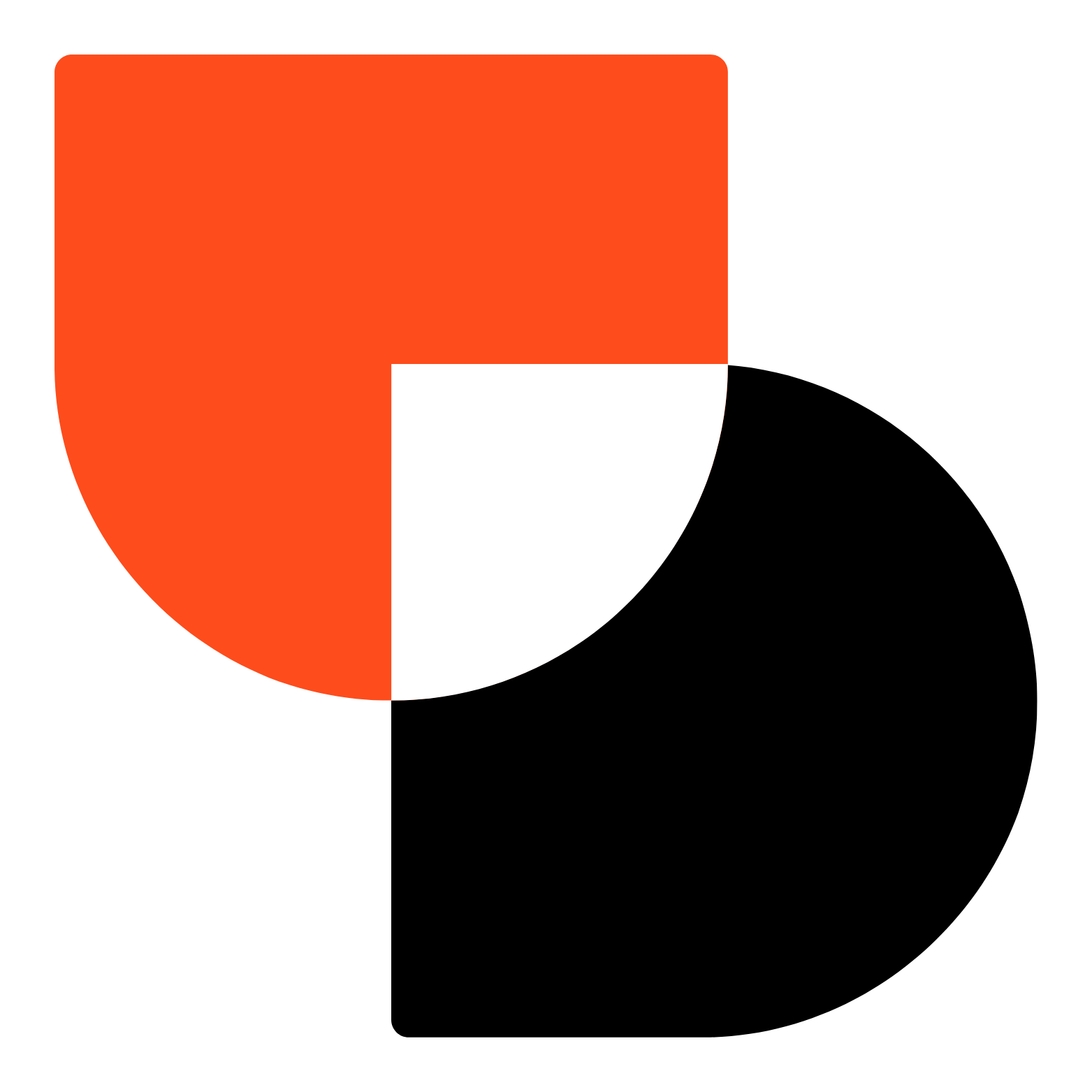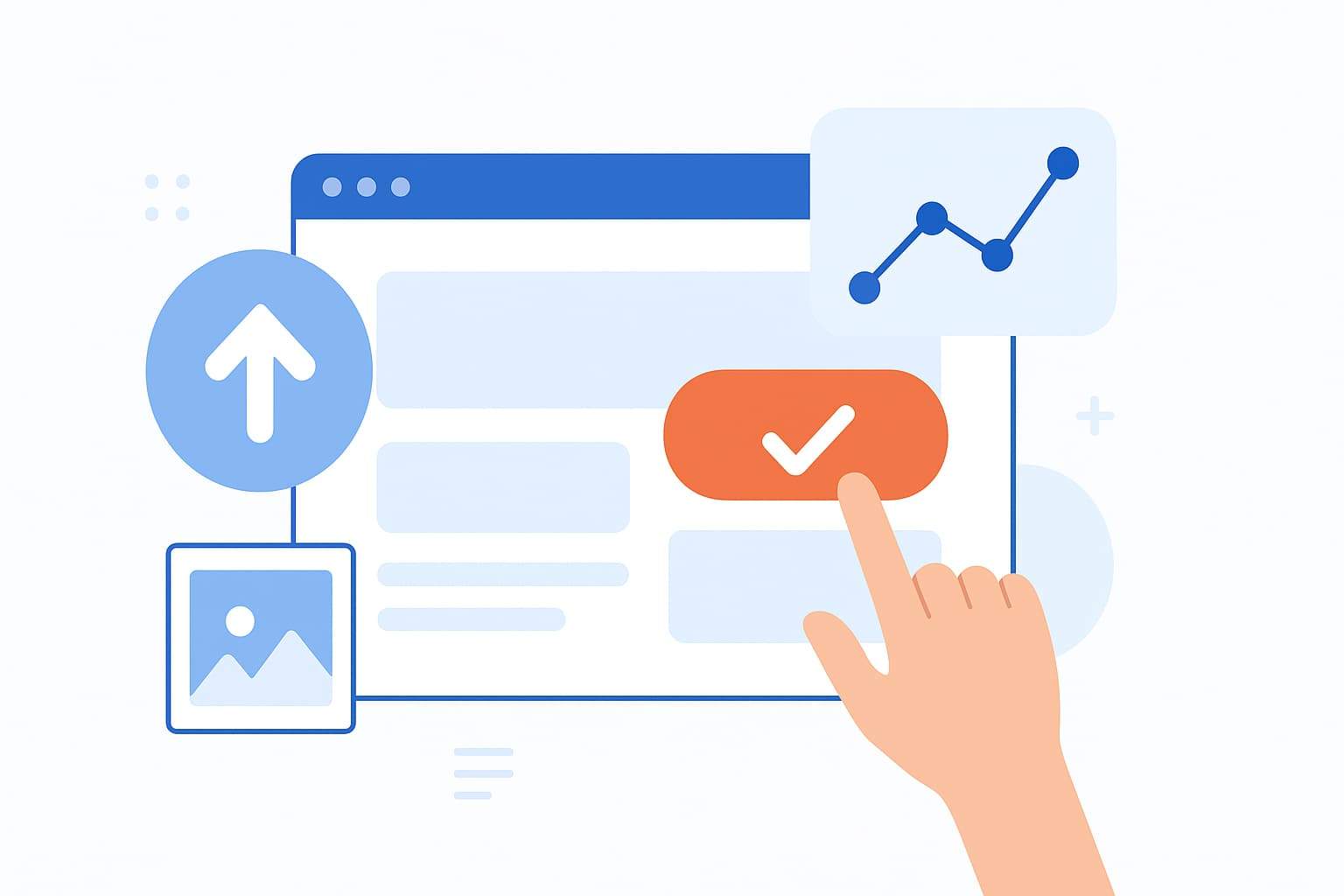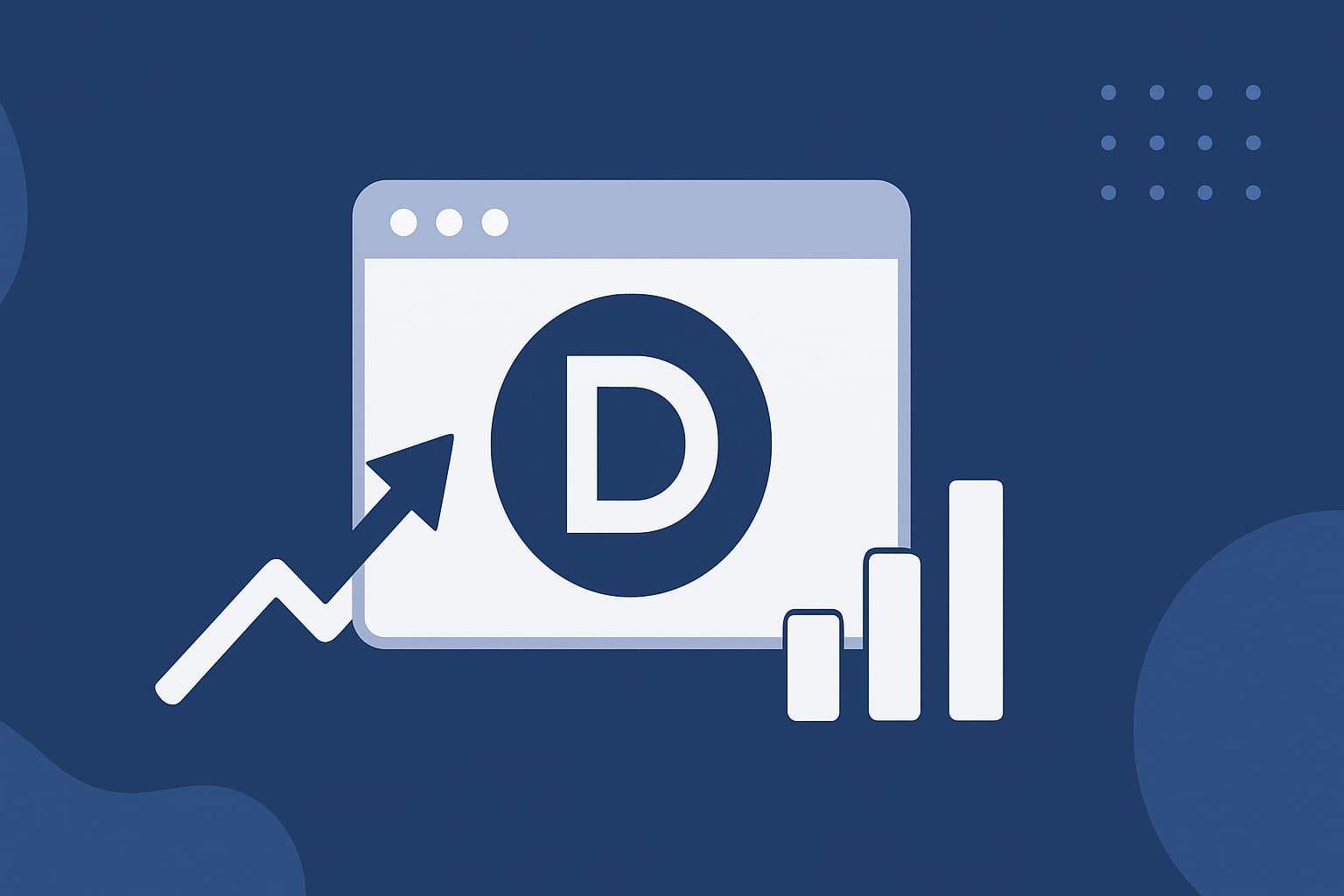Top Web Design Trends for 2025

Here are the top web design trends for 2025.
If you want to keep your website modern and competitive, focus on mobile-first layouts, accessibility, fast performance (Core Web Vitals), and AI-driven design workflows. These trends are shaping how users experience the web — and how Google ranks your site. According to StatCounter, over 63% of all web traffic now comes from mobile devices, while Google still prioritizes fast and stable pages. In parallel, 89% of designers report AI has improved their workflow (State of AI in Design Report, 2025).
Let’s dive into the most impactful web design trends and how you can use them to stand out.
Table of Contents
1. Mobile-First and Responsive Design
Designers now start from the smallest screen up. With mobile traffic dominating, websites must adapt seamlessly across devices.
- Use fluid grids and flexible layouts.
- Optimize images using
srcsetand lazy loading. - Keep call-to-action buttons thumb-friendly and visible.
📊 Stat: Mobile accounts for over 63% of global web traffic (StatCounter, April 2025).
Expert Insight: “Mobile patterns are no longer edge cases — they are the core experience.” — StatCounter Web Trends 2025
2. Performance & Core Web Vitals Dominate SEO
Speed is still king. Google’s Core Web Vitals — Largest Contentful Paint (LCP), Interaction to Next Paint (INP), and Cumulative Layout Shift (CLS) — measure how quickly users can interact with your site.
- Goal: LCP ≤ 2.5s, INP < 100ms, CLS < 0.1
- Inline critical CSS and defer unused scripts.
- Convert hero images to AVIF or WebP for faster loads.
Google Developers: “We highly recommend site owners achieve good Core Web Vitals for success with Search.”
3. AI-Augmented Design Workflows
Generative AI now speeds up layout drafts, image generation, and even code suggestions. Designers use AI for wireframes, copywriting, and user testing prototypes.
Dylan Field (CEO, Figma): “AI empowers generalist behavior — designers now move faster across roles.”
How to leverage AI safely:
- Use AI for creative drafts, not final approvals.
- Train AI models on brand voice and accessibility rules.
- Verify licensing for generated media.
📈 Stat: 89% of designers say AI improves efficiency and creativity. (State of AI in Design Report, 2025)
4. Accessibility and Inclusive Design
Inclusive design is a must-have, not a “nice-to-have.” Around 15–20% of people live with disabilities affecting web use (Nielsen Norman Group).
Checklist:
- Use semantic HTML elements (
<button>,<nav>,<main>). - Ensure color contrast ratio meets WCAG 2.1 AA.
- Test with screen readers and keyboard navigation.
NN/g Expert Quote: “Accessibility improves the experience for everyone — not just users with disabilities.”
5. Motion Design and Micro-Interactions
Micro-interactions — subtle animations when users hover, click, or scroll — make websites feel alive and intuitive.
- Use transitions to guide attention and indicate state changes.
- Keep motion subtle and purposeful.
- Respect the user’s
prefers-reduced-motionsetting.
Page Laubheimer (NN/g): “Animation in UX must be unobtrusive, brief, and subtle. Use it for feedback and navigation cues.”
6. 3D & AR for Immersive Storytelling
3D and augmented reality (AR) elements add depth and engagement — especially for eCommerce and storytelling websites.
- Showcase products in 3D using three.js or WebGL.
- Keep file sizes optimized to maintain performance.
- Always provide fallback content for low-end devices.
Adobe Creative Trends 2025 highlights “immersive surrealism” as a key creative direction for visual web experiences.
7. Conversational & Voice User Interfaces
Voice search and chat interfaces are transforming UX. Websites now feature AI-powered chatbots, voice commands, and personalized microcopy to enhance engagement.
- Use natural, human language in microcopy.
- Add chat widgets that understand intent, not just keywords.
- Optimize for voice queries: “best web design trends 2025” → conversational SEO.
8. Privacy-First Design
Users demand transparency. Privacy-focused UX shows how data is collected and used.
Design tips:
- Use plain language in cookie consent.
- Display security badges and clear privacy policies.
- Limit tracking scripts and third-party cookies.
Privacy UX builds trust, a core Google E-E-A-T signal.
9. Bold Minimalism & Expressive Typography
“Less is more” defines modern web design. Expect clean layouts, large typography, and high contrast.
- Combine minimalism with strong color accents.
- Use variable fonts for flexible typography.
- Reduce visual clutter to increase focus on CTAs.
Adobe Creative Forecast 2025: “Bold minimalism reflects both performance goals and brand clarity.”
10. Scalable Design Systems
Large-scale sites rely on design tokens, component libraries, and automated design-to-code handoffs. Tools like Figma, Storybook, and Framer help maintain brand consistency across teams.
Benefits:
- Faster prototyping
- Consistent brand identity
- Simplified maintenance
Real-World Data Recap
| Metric | 2025 Data | Source |
|---|---|---|
| Mobile Traffic Share | 63% | StatCounter (Apr 2025) |
| Designers Using AI | 89% | State of AI in Design (2025) |
| Global Web Accessibility Need | 15–20% of users | NN/g (2025) |
| Optimal LCP | ≤ 2.5s | Google Developers |
Final Thoughts: Designing for the Future
The top web design trends for 2025 all point toward a smarter, faster, and more human web. Successful websites combine speed, accessibility, aesthetics, and trust — powered by AI and data-driven design.
👉 Action Step:
Audit your website today using Google PageSpeed Insights and accessibility checkers. Fix performance bottlenecks and start experimenting with AI-assisted workflows to stay ahead of the curve.
💬 Want to share your thoughts?
What trend excites you most — AI design tools, bold typography, or immersive 3D visuals? Comment below and join the conversation!
FAQ
What is the biggest web design trend in 2025?
The dominant trend is mobile-first, AI-augmented, and performance-driven design that prioritizes accessibility and user trust.
Should small businesses care about Core Web Vitals?
Absolutely. Faster, stable websites not only rank better but also convert more visitors into customers.




